In celebration of 100 years of the Dockerty Cup, Football Victoria revisits the Cup’s iconic stature, which serves as a reminder of its many triumphant victors dating back to its inauguration in 1909. In the third of a five-part series exploring the history of the Dockerty Cup, Tony Persoglia examines the European boom associated with post-war migration.
The winds of change that football experienced after World War II were felt across the continent, but the impact in Victoria was as swift as it was significant. In the decade between 1948 and 1958, the year which saw the birth of the Victorian State League, the top tier transformed from a competition composed largely of amateur British clubs, to one almost solely comprising of those from the European continent who were investing heavily in a bid for success.
Clubs such as Juventus, Wilhelmina, Polonia, Slavia and George Cross were joined by amalgamated entities in Footscray JUST, Essendon Croatia and South Melbourne Hellas. All would have a tremendous influence on Victorian football in the ensuing years, typified by their impact on the Dockerty Cup.
JUST were the first to make a mark. The Yugoslav club had been promoted from the third tier in 1950 and were something of an unknown quantity the following year but impressed as the only unbeaten club in Victoria in 1951, defeating highly-fancied Brighton in the final thanks to an opening minute goal to Karol Roubel.
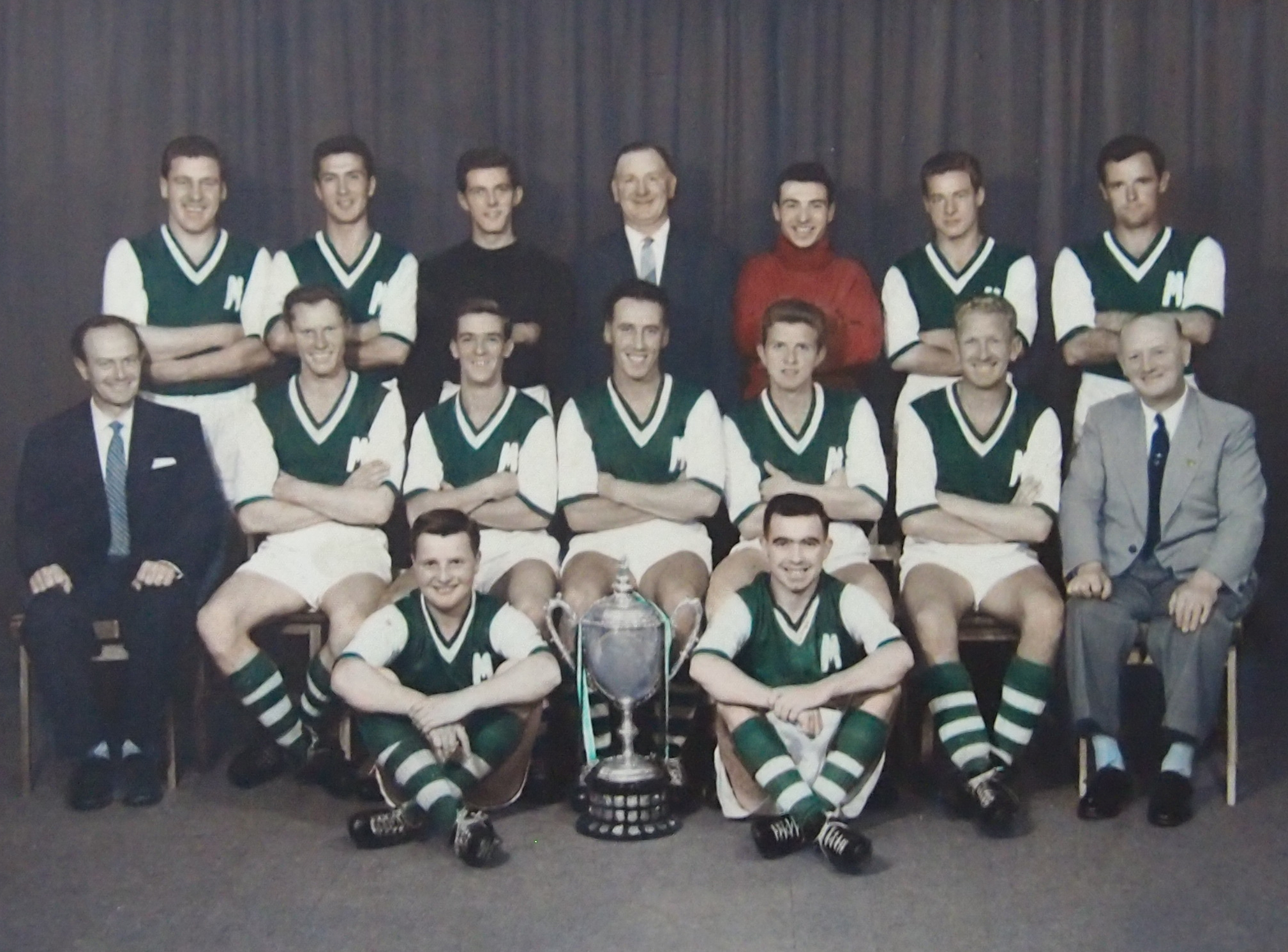
While Juventus would go on to dominate the league that decade, the same can’t be said for the Cup, where Hakoah became the only club to win four successive trophies thanks to wins against Brighton (twice), Footscray City and Polonia. In 1957, Moreland became the first club to win the Dockerty Cup at the newly redeveloped Olympic Park, claiming the final over Juventus in a close contest with goals from Australian internationals, Don Hodgson and Frank Loughran. Their win remains the last from a club without European roots.
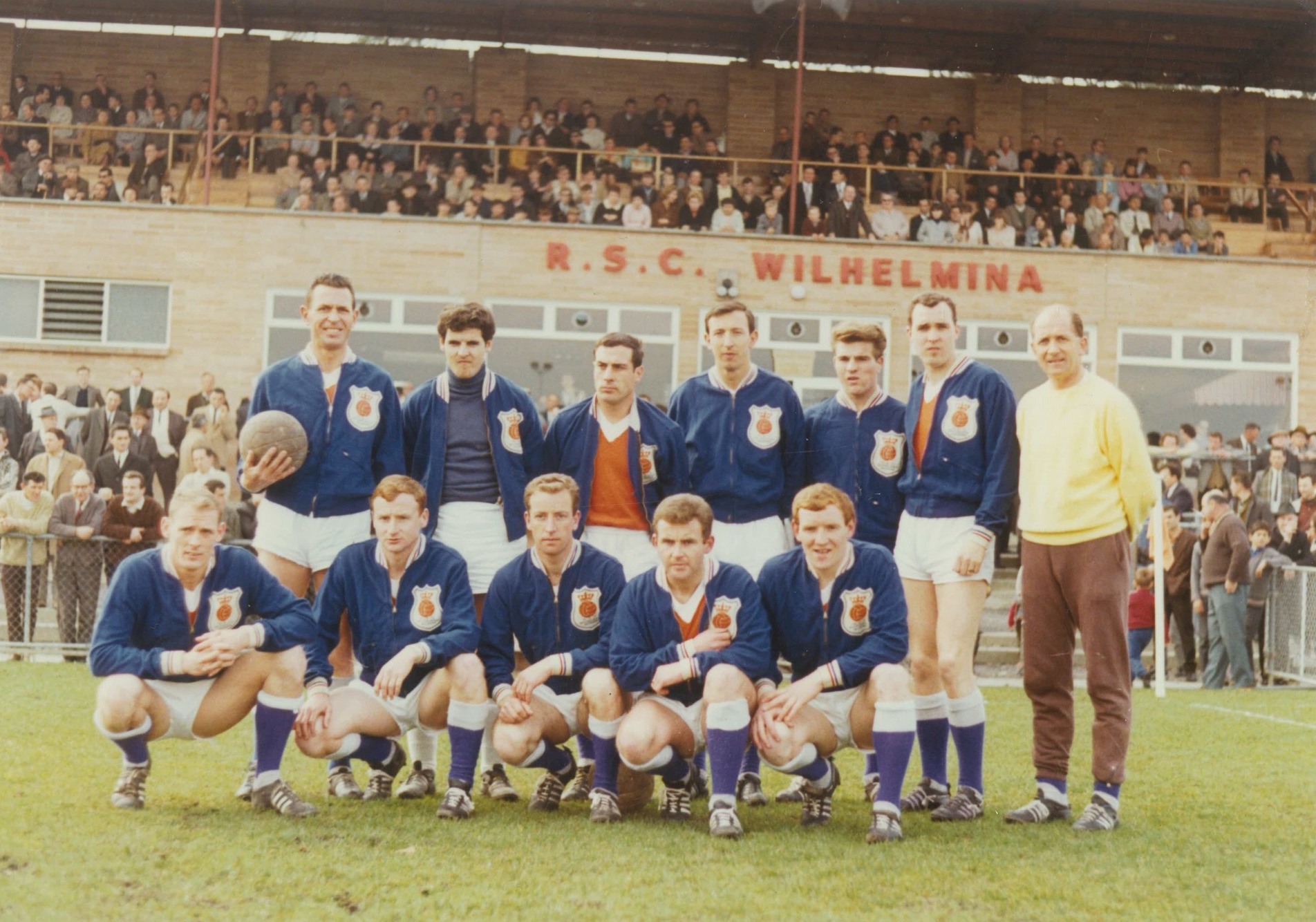
By the turn of the decade, the European influence was in clear evidence, with Wilhelmina (Netherlands), George Cross (Malta), Juventus (Italy) and Polonia (Poland) all claiming Dockerty Cup honours for the first time. In 1962, the changing face of football was virtually complete, with the Victorian Soccer Federation succeeding the VASFA as the controlling arm of the game. While European clubs were dominating the game at an elite level, they were also growing exponentially throughout the 1960’s, with the Provisional League and regionalised District Leagues formed to cater for new clubs sprouting up across metropolitan Melbourne.
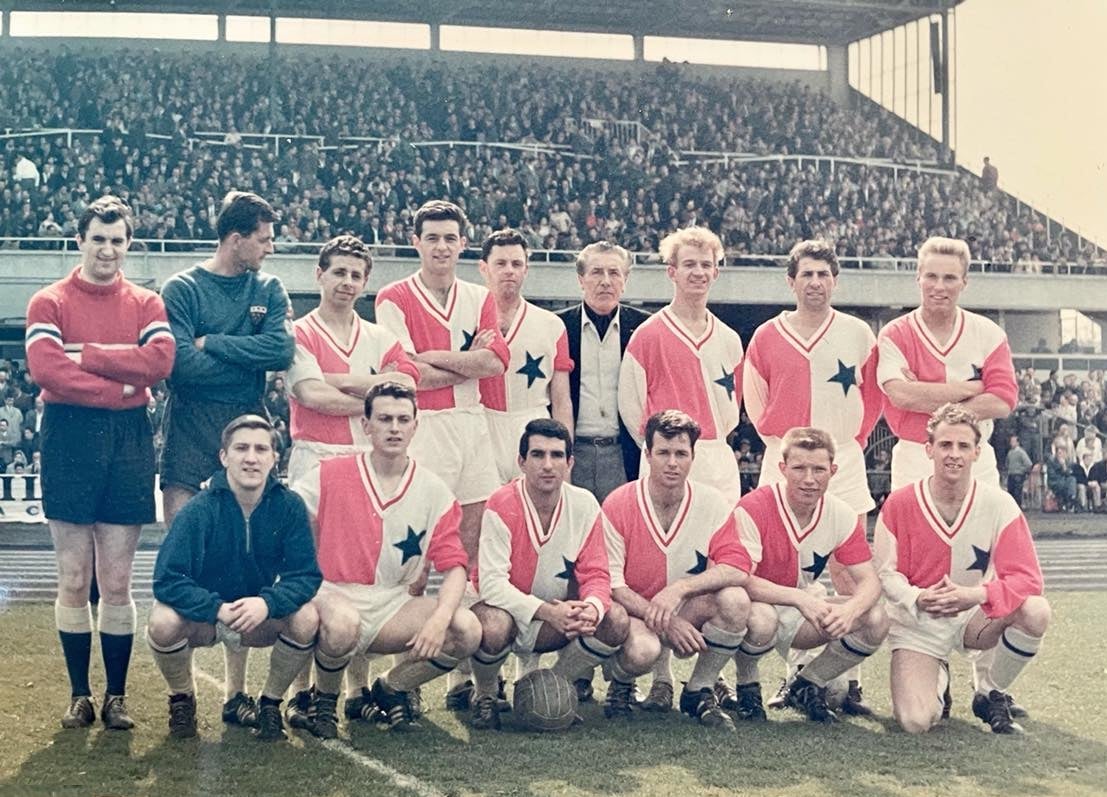
The Dockerty Cup scaled down during this initial period, open to just sixteen of the top tier clubs in 1962 (George Cross) and 1963 (JUST) before reverting to its traditional format in 1964, with Slavia adding the Dockerty Cup to their Australia Cup triumph a year earlier. A star-studded team featuring Aston Villa great Peter Aldis, Johnny Sanchez, Hammy McMeechan and Mike Jurecki, Slavia’s third win in four years came over first-time finalists South Melbourne-Hellas, who lost their first three finals before finally making their mark with back-to-back victories in 1974 (a 4-1 win over Ringwood City Wilhelmina) and 1975 (2-1 over Sunshine City). Those teams were buoyed by the presence of club legends Jimmy Mackay, Jim Armstrong and Ulysses Kokkinos.
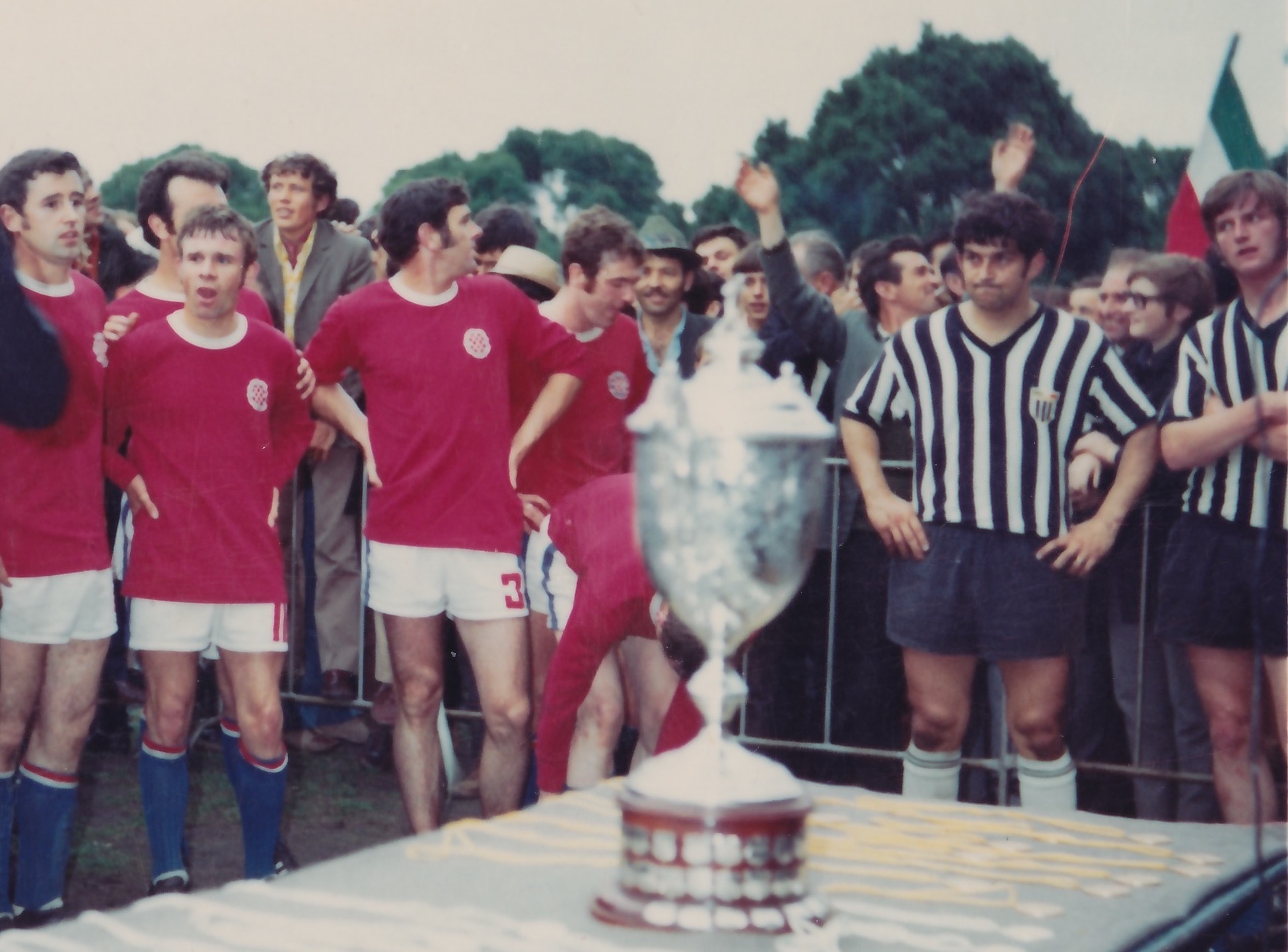
Another first-time back-to-back winner in this era came in the form of Croatia, whose win over Hellas in 1968 was followed by a 3-1 victory over Juventus to round out the decade. Croatia’s stars included legendary Socceroos Billy Vojtek and Jimmy Mackay. Juventus rounded out the decade with a hat-trick of victories, their teams featuring goal-scoring machine Dino De Marchi, Socceroo Jack Reilly and Aberdeen great George Kinnell.
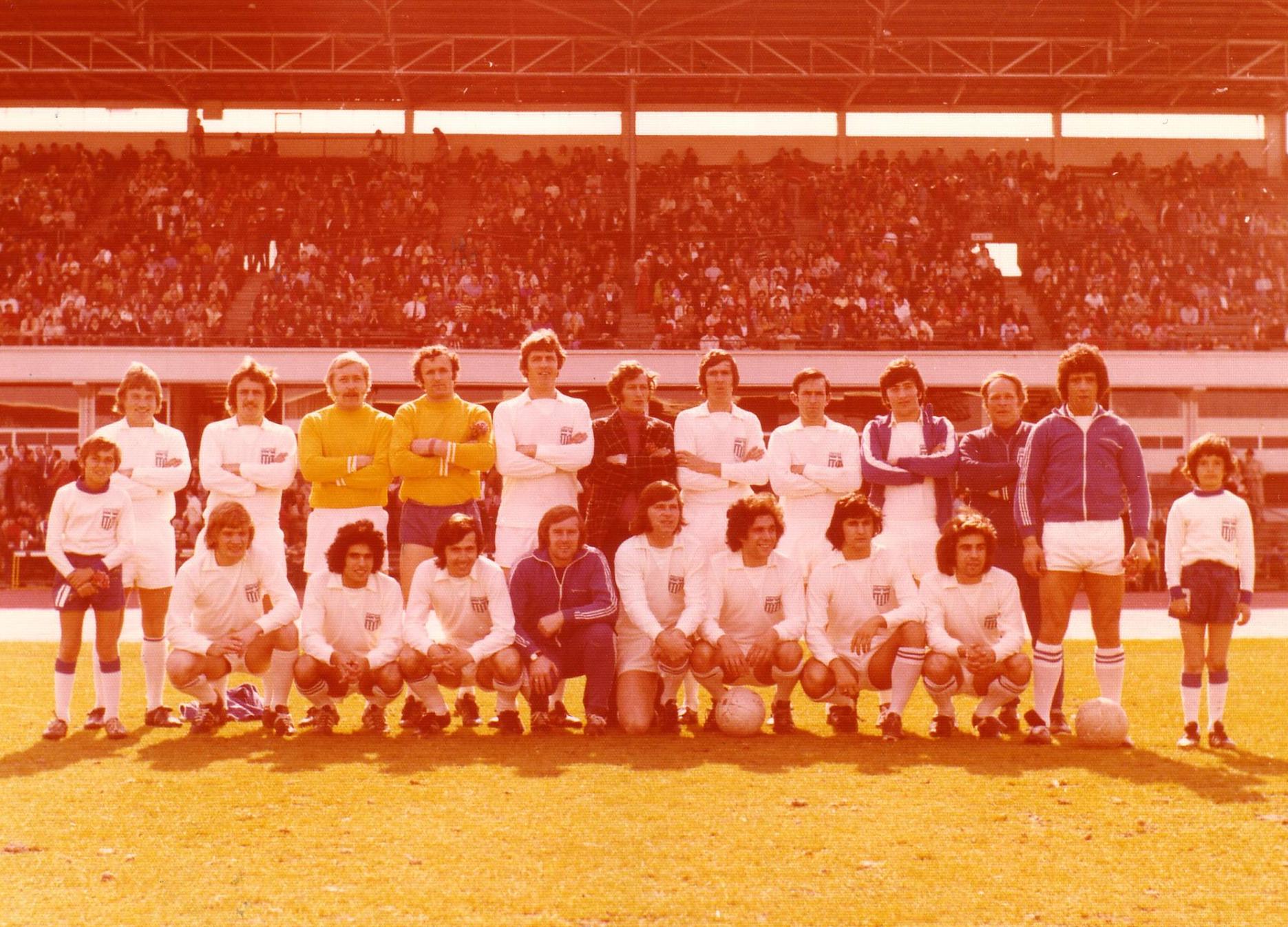
With the 1970’s in full swing and the Australia Cup in recess, the Australian Soccer Federation were keen to introduce a domestic national competition to capitalise on the Socceroos success in qualifying for the FIFA World Cup in 1974, with moves afoot in New South Wales and Victoria to bring the best clubs together in an expanded league competition. However, with the prospect of Victorian clubs boycotting the inaugural season, Mooroolbark United’s move at the eleventh hour ensured that the National Soccer League would begin in 1977. With the best Victorian clubs set to embark upon national adventures, the Dockerty Cup would evolve once again, but to what end?
In the next instalment of this series, Tony Persoglia explores the impact of the National Soccer League on the Dockerty Cup and what led to its initial demise.
